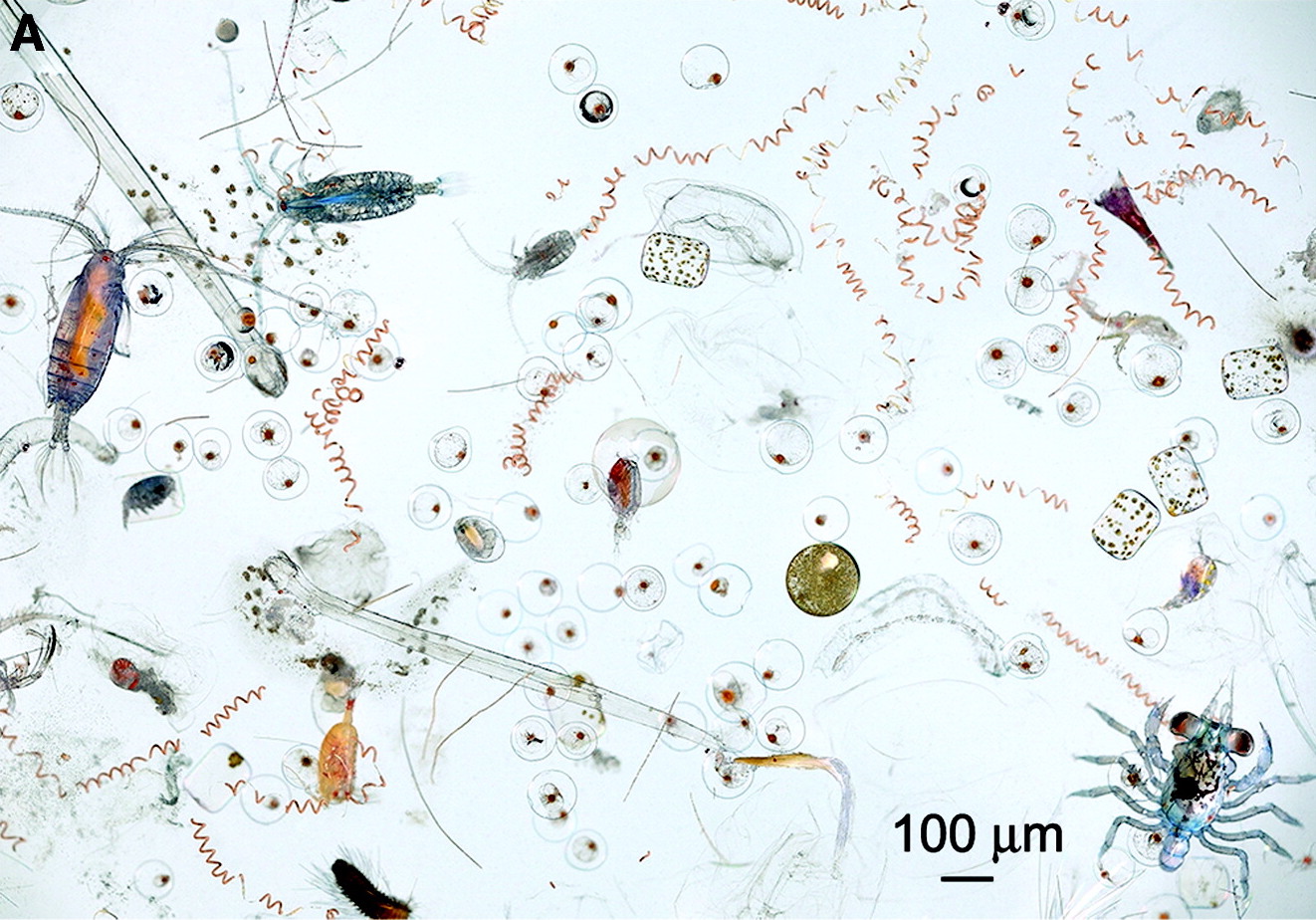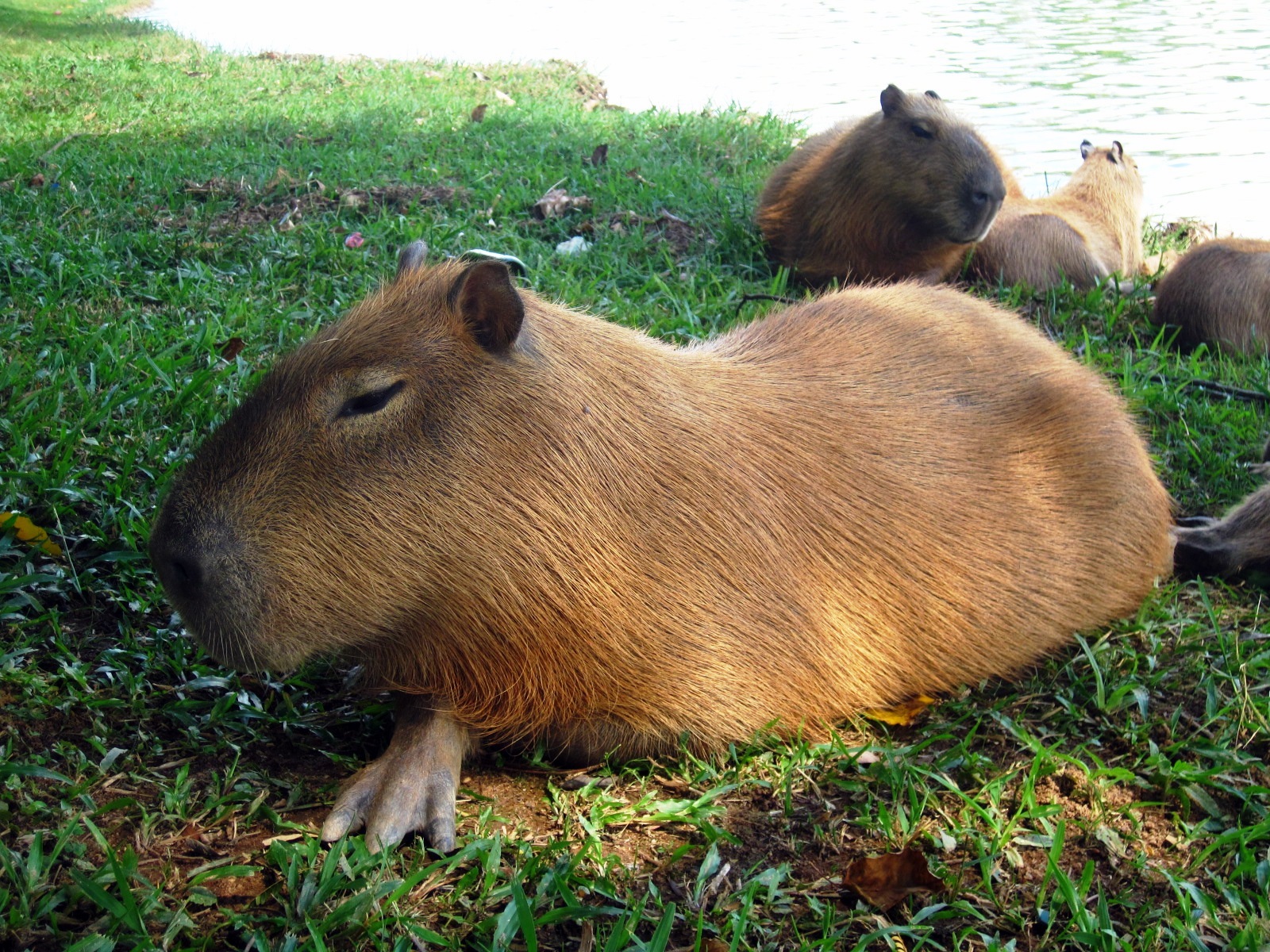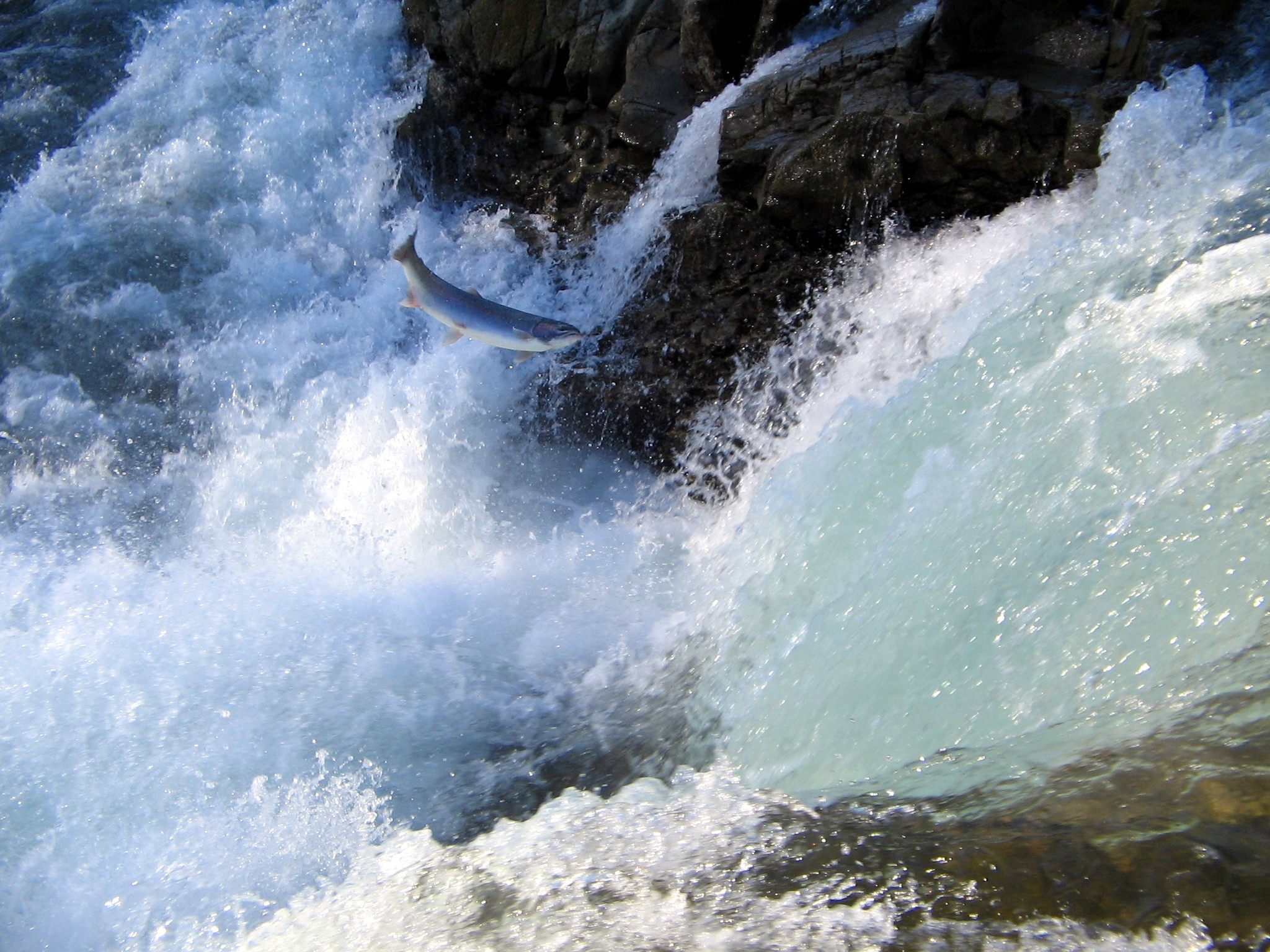|
Crested Oarfish
The crested oarfish (''Lophotus lacepede'') is a species of crestfish in the family Crestfish, Lophotidae. It is an Fish migration, oceanodromous fish ranging from waters 0–92 meters deep, but may get stranded in shallow waters. Distribution and habitat The crested oarfish lives in warm seas near areas such as the Western Atlantic, Western Indian Ocean, Eastern Atlantic, and the Eastern Pacific within the Oceanic zone, oceanic and mesopelagic zone. Description and ecology The crested oarfish has maximum length of 200 centimeters, but are often are only found at 100 centimeters in length. It has an ink sack near the cloaca, and discharges ink out of it when it feels alarmed. Its prey consists of squids and fishes such as Anchovy, anchovies. It is Oviparity, oviparous, and lays planktonic eggs. Conservation The crested oarfish are likely found in marine protected areas, and has no known major threats towards it. No specific conservation measures have been made, and IUCN Red ... [...More Info...] [...Related Items...] OR: [Wikipedia] [Google] [Baidu] |
Crestfish
Crestfishes, family Lophotidae, are lampriform fishes found in most oceans. It consists of two extant and four extinct genera. They are elongated, ribbon-like fishes, silver in color, found in deep tropical and subtropical waters worldwide. Their scientific name is from Greek language, Greek ''lophos'' meaning "crest" and refer to the crest (part of the dorsal fin) that emerges from the snout and head; this structure gives them their other name of unicorn fishes. The extant genera all possess ink sacs that open into their cloacae from which they can produce a cloud of black ink when threatened (as in many cephalopods). References Lophotidae {{Lampriformes-stub Animal families ... [...More Info...] [...Related Items...] OR: [Wikipedia] [Google] [Baidu] |
Plankton
Plankton are the diverse collection of organisms found in water (or air) that are unable to propel themselves against a current (or wind). The individual organisms constituting plankton are called plankters. In the ocean, they provide a crucial source of food to many small and large aquatic organisms, such as bivalves, fish and whales. Marine plankton include bacteria, archaea, algae, protozoa and drifting or floating animals that inhabit the saltwater of oceans and the brackish waters of estuaries. Freshwater plankton are similar to marine plankton, but are found in the freshwaters of lakes and rivers. Plankton are usually thought of as inhabiting water, but there are also airborne versions, the aeroplankton, that live part of their lives drifting in the atmosphere. These include plant spores, pollen and wind-scattered seeds, as well as microorganisms swept into the air from terrestrial dust storms and oceanic plankton swept into the air by sea spray. Though m ... [...More Info...] [...Related Items...] OR: [Wikipedia] [Google] [Baidu] |
Lophotidae
Crestfishes, family Lophotidae, are lampriform fishes found in most oceans. It consists of two extant and four extinct genera. They are elongated, ribbon-like fishes, silver in color, found in deep tropical and subtropical waters worldwide. Their scientific name is from Greek ''lophos'' meaning "crest" and refer to the crest (part of the dorsal fin) that emerges from the snout and head; this structure gives them their other name of unicorn fishes. The extant genera all possess ink sacs that open into their cloacae from which they can produce a cloud of black ink when threatened (as in many cephalopod A cephalopod is any member of the molluscan class Cephalopoda ( Greek plural , ; "head-feet") such as a squid, octopus, cuttlefish, or nautilus. These exclusively marine animals are characterized by bilateral body symmetry, a prominent head, ...s). References Lophotidae {{Lampriformes-stub Animal families ... [...More Info...] [...Related Items...] OR: [Wikipedia] [Google] [Baidu] |
WoRMS
Worms may refer to: *Worm, an invertebrate animal with a tube-like body and no limbs Places *Worms, Germany, a city ** Worms (electoral district) * Worms, Nebraska, U.S. *Worms im Veltlintal, the German name for Bormio, Italy Arts and entertainment * ''Worms'' (film), a 2013 Brazilian animated film * ''Worms'' (series), a series of video games, including: ** ''Worms'' (1995 video game), the first game in the series ** ''Worms'' (2007 video game), for Xbox Live Arcade, PlayStation Network, and iOS *'' Worms?'', 1983 computer game Other uses * Worms (infection), common name for Helminthiasis * Parasitic worms (other) * Worms (surname), a surname *World Register of Marine Species (WoRMS) See also * * Worm (other) * Diet of Worms (other) Diet of Worms may refer to: Historic events Meetings of the Imperial Diet of the Holy Roman Empire in the city of Worms, Germany * Diet of Worms (1076) * Diet of Worms (1122) * Diet of Worms (1495), at which compre ... [...More Info...] [...Related Items...] OR: [Wikipedia] [Google] [Baidu] |
Least-concern Species
A least-concern species is a species that has been categorized by the International Union for Conservation of Nature (IUCN) as evaluated as not being a focus of species conservation because the specific species is still plentiful in the wild. They do not qualify as threatened, near threatened, or (before 2001) conservation dependent. Species cannot be assigned the "Least Concern" category unless they have had their population status evaluated. That is, adequate information is needed to make a direct, or indirect, assessment of its risk of extinction based on its distribution or population status. Evaluation Since 2001 the category has had the abbreviation "LC", following the IUCN 2001 Categories & Criteria (version 3.1). Before 2001 "least concern" was a subcategory of the "Lower Risk" category and assigned the code "LR/lc" or lc. Around 20% of least concern taxa (3261 of 15636) in the IUCN database still use the code "LR/lc", which indicates they have not been re-evalu ... [...More Info...] [...Related Items...] OR: [Wikipedia] [Google] [Baidu] |
IUCN Red List
The International Union for Conservation of Nature (IUCN) Red List of Threatened Species, also known as the IUCN Red List or Red Data Book, founded in 1964, is the world's most comprehensive inventory of the global conservation status of biological species. It uses a set of precise criteria to evaluate the extinction risk of thousands of species and subspecies. These criteria are relevant to all species and all regions of the world. With its strong scientific base, the IUCN Red List is recognized as the most authoritative guide to the status of biological diversity. A series of Regional Red Lists are produced by countries or organizations, which assess the risk of extinction to species within a political management unit. The aim of the IUCN Red List is to convey the urgency of conservation issues to the public and policy makers, as well as help the international community to reduce species extinction. According to IUCN the formally stated goals of the Red List are to provide ... [...More Info...] [...Related Items...] OR: [Wikipedia] [Google] [Baidu] |
Marine Protected Area
Marine protected areas (MPA) are protected areas of seas, oceans, estuaries or in the US, the Great Lakes. These marine areas can come in many forms ranging from wildlife refuges to research facilities. MPAs restrict human activity for a conservation purpose, typically to protect natural or cultural resources. Such marine resources are protected by local, state, territorial, native, regional, national, or international authorities and differ substantially among and between nations. This variation includes different limitations on development, fishing practices, fishing seasons and catch limits, moorings and bans on removing or disrupting marine life. In some situations (such as with the Phoenix Islands Protected Area), MPAs also provide revenue for countries, potentially equal to the income that they would have if they were to grant companies permissions to fish. The value of MPA to mobile species is unknown. There are a number of global examples of large marine conservation ar ... [...More Info...] [...Related Items...] OR: [Wikipedia] [Google] [Baidu] |
Oviparity
Oviparous animals are animals that lay their eggs, with little or no other embryonic development within the mother. This is the reproductive method of most fish, amphibians, most reptiles, and all pterosaurs, dinosaurs (including birds), and monotremes. In traditional usage, most insects (one being '' Culex pipiens'', or the common house mosquito), molluscs, and arachnids are also described as oviparous. Modes of reproduction The traditional modes of reproduction include oviparity, taken to be the ancestral condition, traditionally where either unfertilised oocytes or fertilised eggs are spawned, and viviparity traditionally including any mechanism where young are born live, or where the development of the young is supported by either parent in or on any part of their body. However, the biologist Thierry Lodé recently divided the traditional category of oviparous reproduction into two modes that he named ovuliparity and (true) oviparity respectively. He distinguished ... [...More Info...] [...Related Items...] OR: [Wikipedia] [Google] [Baidu] |
Fish Migration
Fish migration is mass relocation by fish from one area or body of water to another. Many types of fish migrate on a regular basis, on time scales ranging from daily to annually or longer, and over distances ranging from a few metres to thousands of kilometres. Such migrations are usually done for better feeding or to reproduce, but in other cases the reasons are unclear. Fish migrations involve movements of schools of fish on a scale and duration larger than those arising during normal daily activities. Some particular types of migration are ''anadromous'', in which adult fish live in the sea and migrate into fresh water to spawn; and ''catadromous'', in which adult fish live in fresh water and migrate into salt water to spawn. Marine forage fish often make large migrations between their spawning, feeding and nursery grounds. Movements are associated with ocean currents and with the availability of food in different areas at different times of year. The migratory movements ma ... [...More Info...] [...Related Items...] OR: [Wikipedia] [Google] [Baidu] |
Anchovy
An anchovy is a small, common forage fish of the family Engraulidae. Most species are found in marine waters, but several will enter brackish water, and some in South America are restricted to fresh water. More than 140 species are placed in 17 genera; they are found in the Atlantic, Indian and Pacific Oceans, and in the Black Sea and the Mediterranean Sea. Anchovies are usually classified as oily fish. Genera Characteristics Anchovies are small, green fish with blue reflections due to a silver-colored longitudinal stripe that runs from the base of the caudal (tail) fin. They range from in adult length, and their body shapes are variable with more slender fish in northern populations. The snout is blunt with tiny, sharp teeth in both jaws. The snout contains a unique rostral organ, believed to be electro-sensory in nature, although its exact function is unknown. The mouth is larger than that of herrings and silversides, two fish which anchovies closely resemble in o ... [...More Info...] [...Related Items...] OR: [Wikipedia] [Google] [Baidu] |
Squid
True squid are molluscs with an elongated soft body, large eyes, eight arms, and two tentacles in the superorder Decapodiformes, though many other molluscs within the broader Neocoleoidea are also called squid despite not strictly fitting these criteria. Like all other cephalopods, squid have a distinct head, bilateral symmetry, and a mantle. They are mainly soft-bodied, like octopuses, but have a small internal skeleton in the form of a rod-like gladius or pen, made of chitin. Squid diverged from other cephalopods during the Jurassic and occupy a similar role to teleost fish as open water predators of similar size and behaviour. They play an important role in the open water food web. The two long tentacles are used to grab prey and the eight arms to hold and control it. The beak then cuts the food into suitable size chunks for swallowing. Squid are rapid swimmers, moving by jet propulsion, and largely locate their prey by sight. They are among the most intelligent o ... [...More Info...] [...Related Items...] OR: [Wikipedia] [Google] [Baidu] |






.jpg)